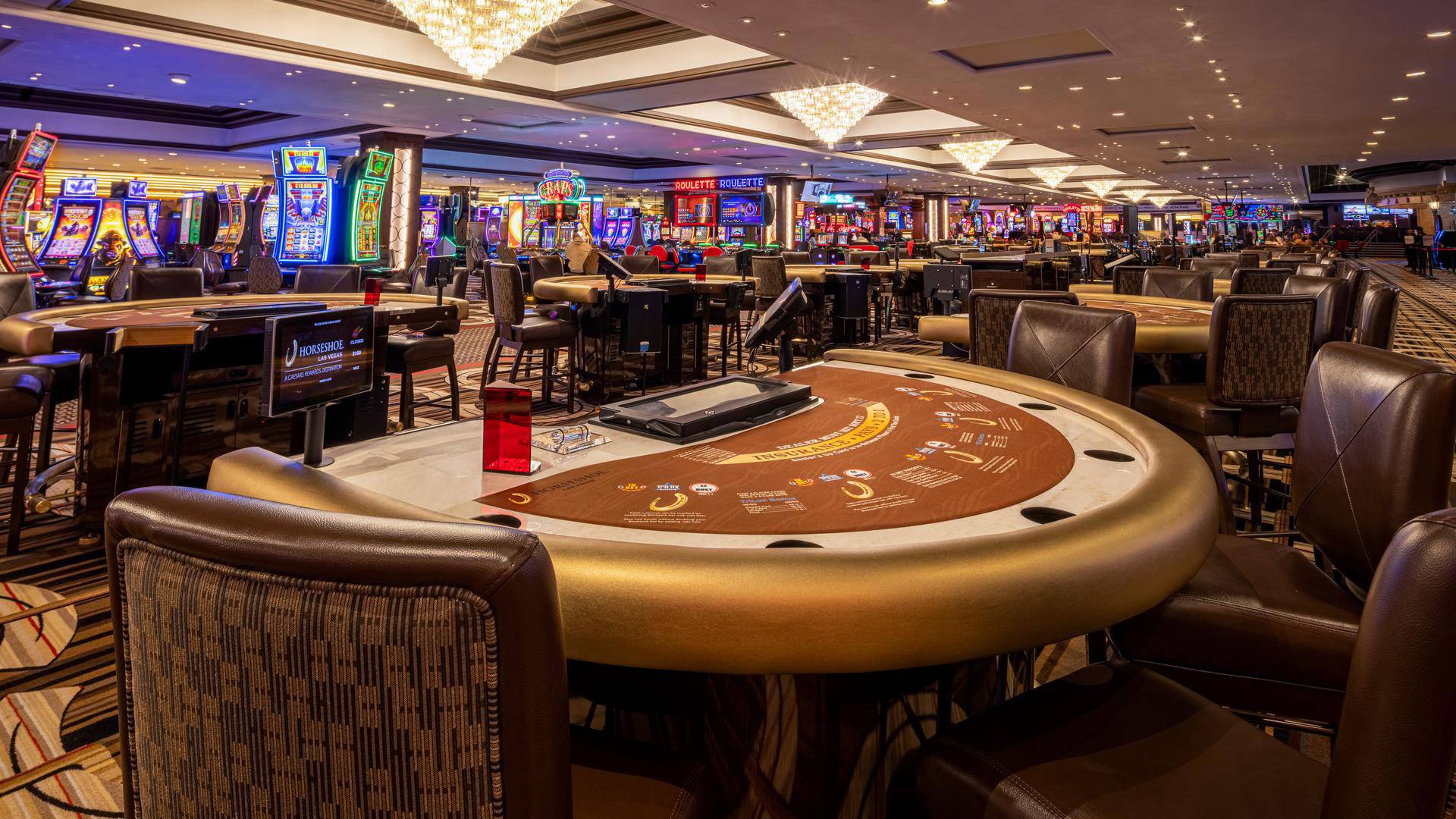
Casino experiences have long captivated the human imagination, drawing gamblers into a world filled with chance, tactics, and the allure of excitement. Each game is carefully crafted not just for enjoyment, but also to inspire specific emotional responses that keep gamblers involved and invested. Understanding the reasons behind these designs reveals much about how human psychology plays a crucial role in the gaming experience.
From the vivid lights and vibrant sounds to the intricate layering of systems and payoffs, casino games are designed to create an atmosphere of anticipation and anticipation. Game designers leverage psychological principles to influence participant behavior, whether through the use of winning opportunities, close-call situations, or community engagement. By examining these aspects, we can better appreciate how casino games fulfill not just a need for entertainment, but deeper psychological needs for thrill and risk.
Understanding Gamer Behavior
Casino games are crafted with a deep grasp of player psychology, which is vital for attracting and holding players. The rush of the game, coupled with the anticipation of winning, creates a strong attraction. Game designers make use of elements like sonic elements, colorful graphics, and captivating gameplay to engage attention and generate emotional responses. These sensory effects enhance the total environment, making players feel more invested in the game.
Another significant aspect of player behavior is the concept of risk versus reward. Casino games often weigh high-risk scenarios with the potential for substantial rewards, which can lead to the occurrence known as near-miss experience. When players come within reach to winning, the brain releases dopamine, bolstering their behavior and motivating them to persist playing in search of that fleeting win. This cycle of hope and letdown plays a key role in how games are constructed and advertised.
Lastly, community aspects also play a pivotal role in player behavior at casinos. Many games are made to be played in groups or alongside other players, creating a sense of belonging and shared experience. The social interaction inherent in games like baccarat enhances enjoyment and can lead to extended gameplay. 789p Designers leverage on this by creating environments that prompt players to remain, connect, and revisit, making the overall casino experience more attractive.
The Role of Imagery and Audio
Imagery and audio play a significant role in improving the player’s experience within casino games. Designers utilize bright colors, striking graphics, and captivating animations to grab players’ attention and maintain their focus. The use of themes, such as exploration or opulence, helps create an enthralling atmosphere that transports players into another world. By connecting to the senses, these elements contribute to a intensified emotional response, prompting players to interact more profoundly with the games.
Sound design is just as important in enhancing the experience of gambling games. The combination of ambient music, sound effects for winning combinations, and environmental noises creates an auditory landscape that holds players fascinated. Audio cues associated with victories, such as chiming bells or celebratory music, evoke feelings of excitement and satisfaction, prompting players to keep playing. These sound cues are strategically placed to enhance the excitement of the game and create a more immersive experience.
Moreover, the alignment of imagery and audio is important for reinforcing the game’s overall theme and atmosphere. Each element should coordinate harmoniously to create a cohesive experience that pulls players in. The effective use of this integration not only enhances user enjoyment but also boosts the likelihood of return play, as players become more engaged in the immersive world that the gambling games offer. This thoughtful integration of imagery and sound ultimately enhances player involvement and loyalty.
Incentive Systems and Participation
The creation of casino experiences greatly depends on incentive systems to keep players involved and coming back for additional experiences. These systems are rooted in psychological principles that exploit human nature and motivation. Participants are often driven by the excitement of success, which is reinforced by instant feedback through the game structure’s design. This instant gratification not just improves the gaming experience but also cultivates a feeling of success, encouraging participants to continue participating in hopes of greater gains.
Casinos utilize various incentive systems, such as jackpots, bonuses, and increased rewards, to engage players. These features create a level of thrill that maintains engagement. Additionally, the randomness of outcomes plays a crucial role in keeping interest. The intermittent reinforcement schedule, where successes are unpredictable but happen often enough, maintains players on edge and driven to keep playing. This loop of anticipation and anticipation is essential to the effectiveness of casino games.
Furthermore, social elements, such as tournaments and collaborative options, boost the participation factor by tapping into the competitive nature of players. The communal aspect of gaming with others can intensify the thrill of success and create a community atmosphere within the casino. By integrating these community elements with efficient reward systems, gambling experiences not only offer fun but also nurture a deeper connection among players, solidifying their commitment to the gaming experience.
